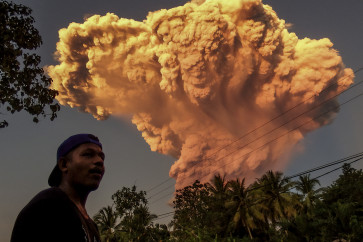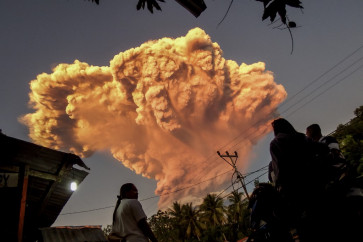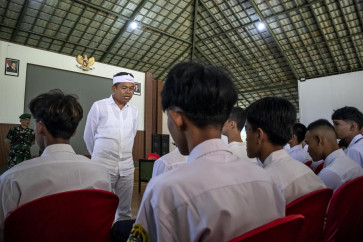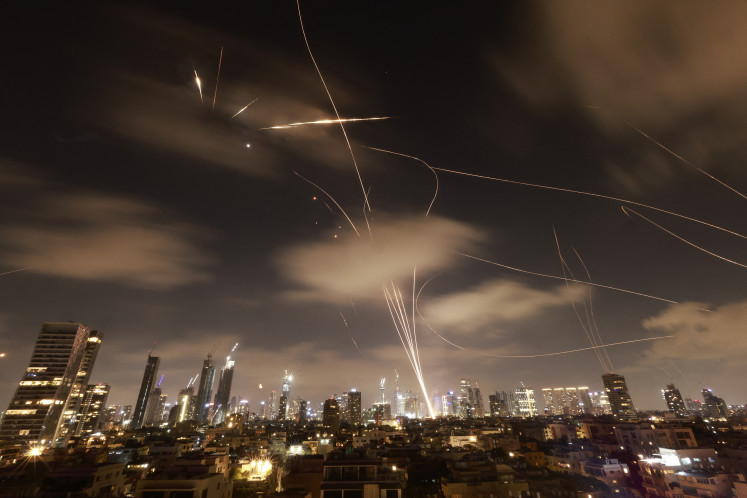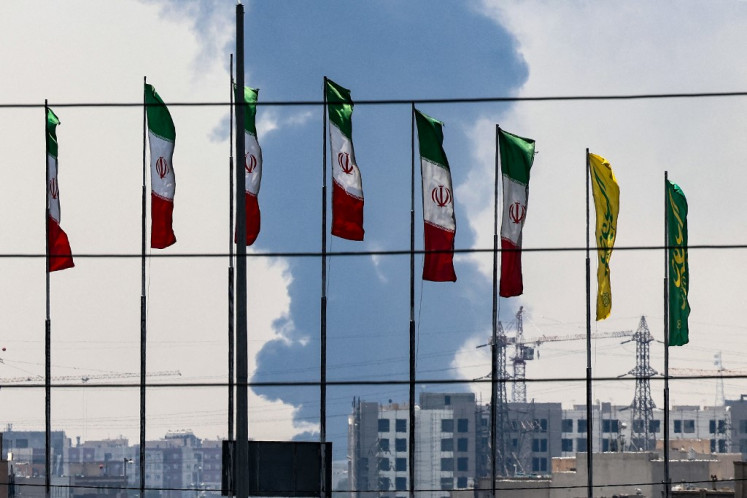Popular Reads
Top Results
Can't find what you're looking for?
View all search resultsPopular Reads
Top Results
Can't find what you're looking for?
View all search resultsDense soil, light materials vital: Experts
The huge earthquake that rocked Padang and surrounding areas in West Sumatra on Wednesday has raised questions of how buildings in Indonesia, on the ever-volatile Ring of Fire, should be made safer
Change text size
Gift Premium Articles
to Anyone

T
he huge earthquake that rocked Padang and surrounding areas in West Sumatra on Wednesday has raised questions of how buildings in Indonesia, on the ever-volatile Ring of Fire, should be made safer.
University of Indonesia geophysicist Abdul Haris told The Jakarta Post on Friday one of the most important factors to consider before constructing a building was the stability of the soil.
"If you build the foundation 20 to 30 meters deep, then you need very dense soil," he said.
He added the earth in and around Padang was quite unstable.
"The earthquake itself was strong, and the waves propagated over a large area, thus amplifying the destruction level."
Yuskar Lase, an expert on quake-proof buildings, said the general rule in construction a quake-proof building was to get a symmetrical design and use lightweight materials.
He cited the example of animal pens in Yogyakarta, which withstood the 2006 earthquake.
"The pens didn't collapse because they were made of wood, which is quite light," he said.
Yuskar added the upper part of a building in particular should be made of lightweight materials.
"For example, buildings that use corrugated aluminium roofs are far safer during earthquakes than buildings that use clay tiles," he said.
He added a quake-proof building must also have rigid components that hold the entire building tightly together.
"The building must not use fragile materials," he went on.
"The materials should be able to handle high loads without deforming."
In addition, he continued, the building should be ductile and use materials that could bend under heavy loads without breaking, i.e. materials that could deform.
The 7.6-magnitude Padang quake leveled single-story homes and taller buildings alike.
Concerns have been raised over building owners and managements that shirk the government's regulations on quake-proof construction methods.
The University of Indonesia's Sjahril A. Rahim, an expert on quake-proof buildings, said the National Standards Agency (SNI) had long drawn up regulations on quake-proof construction.
"These are the regulations on quake-proof buildings that builders of all public buildings throughout Indonesia must comply with," he told the Post.
"If a building is not constructed based on these regulations, the government should not issue a building permit. This only works in theory, so of course the actual implementation of it differs."
Sjahril added the Public Works Ministry also had issued a manual on how to make earthquake-proof houses.
"I think most people still don't know about the manual," he pointed out.

